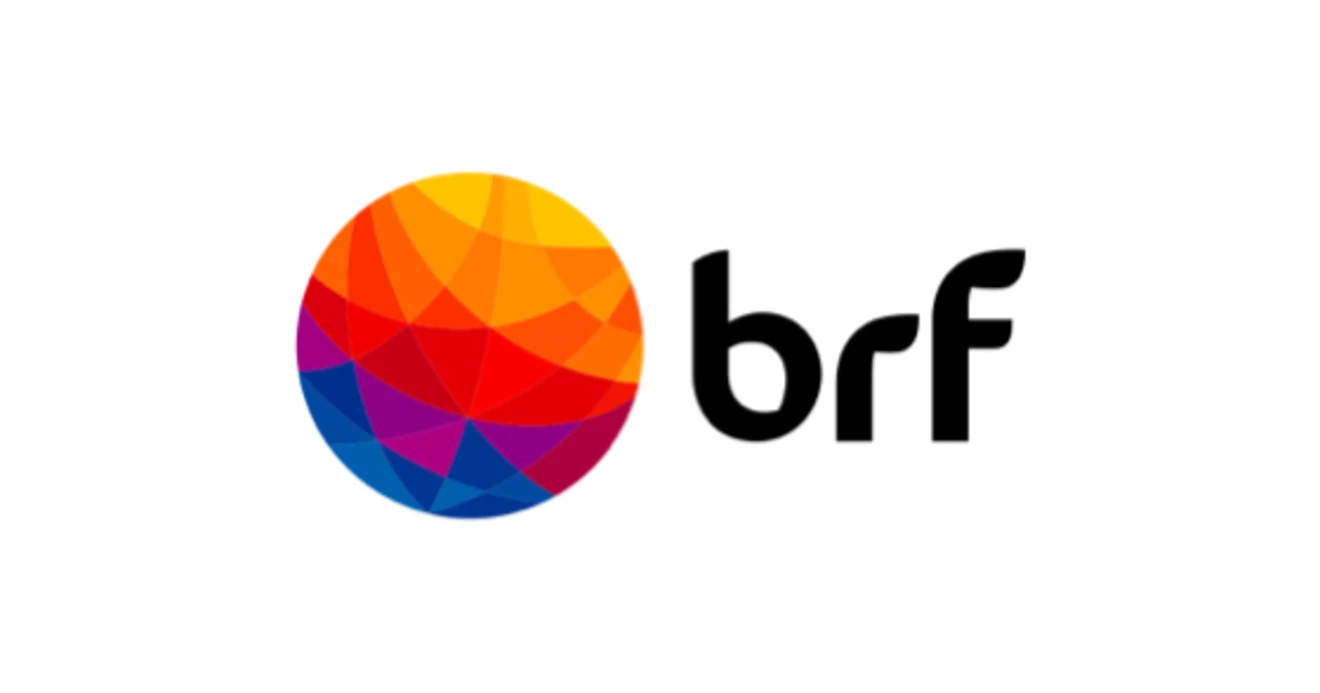BRF SA
Key Information
HQ:
Brazil
Market Cap:
$6.93bn
Primary Markets:
LATAM, MENA
Business Type:
Protein Producer
Company Information
Company Summary
BRF SA is one of the largest producers of fresh and frozen protein foods in the world, dealing in a wide variety of whole meats and processed products and operating under a wide variety of brands. It serves supermarkets, wholesalers, retail and wholesale stores, restaurants, and other institutional buyers. The company was formerly known as BRF-Brasil Foods S.A. and changed its name in April 2013. The company was founded in 1934 in Brazil.
Revenue
Total revenue:
$10.4bn
Revenue by Geography
Revenue by Protein
Revenue by Product Type
Disclosures
CDP ScoresLast Reviewed: 16/10/2024
| CDP Climate | CDP Forests | CDP Water |
|---|---|---|
| Yes | Yes | Yes |
Science Based Target initiativeLast Reviewed: 16/10/2024
| Target classification | Status | Date |
|---|---|---|
| 1.5°C | Committed | 2021 |



